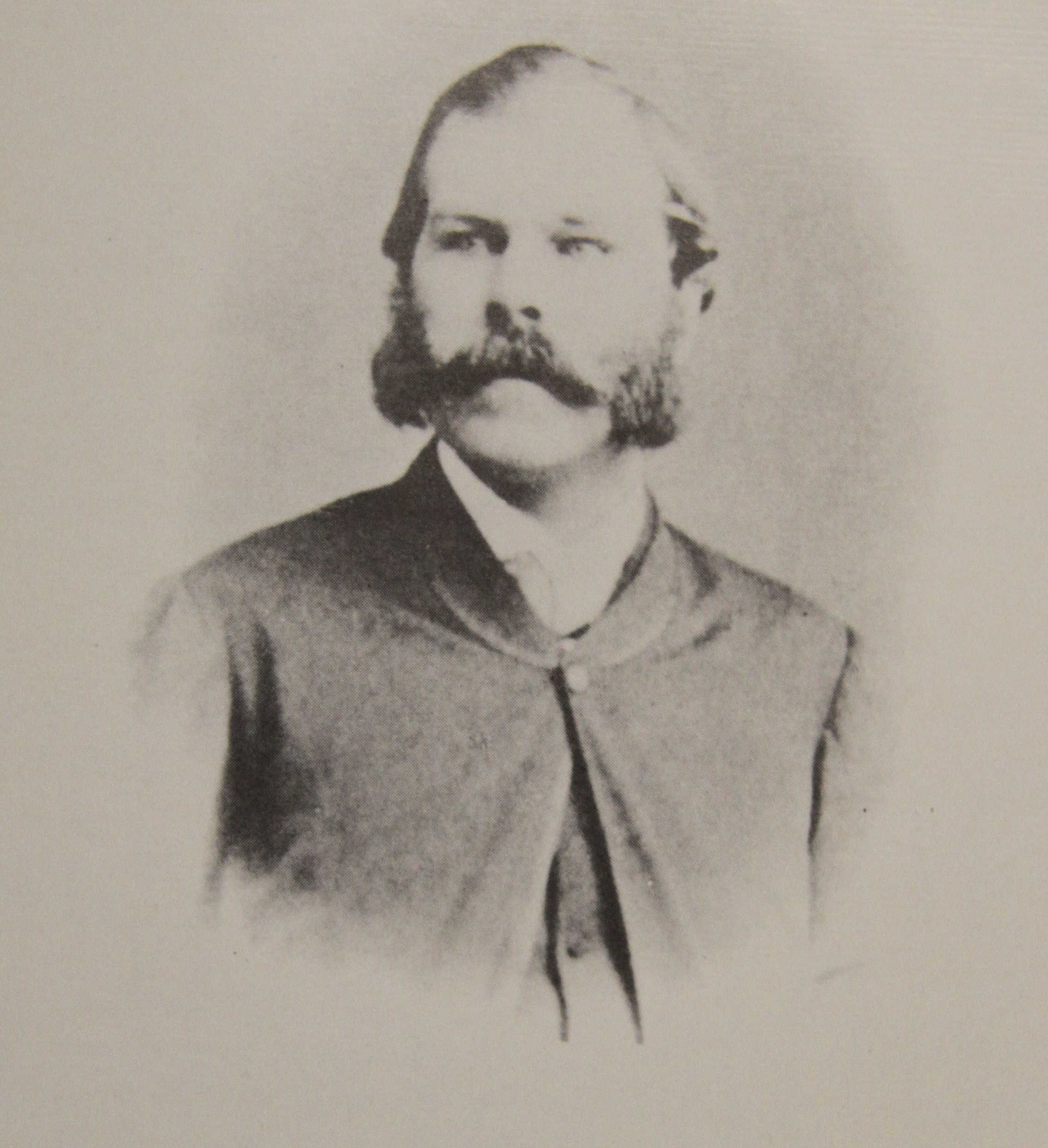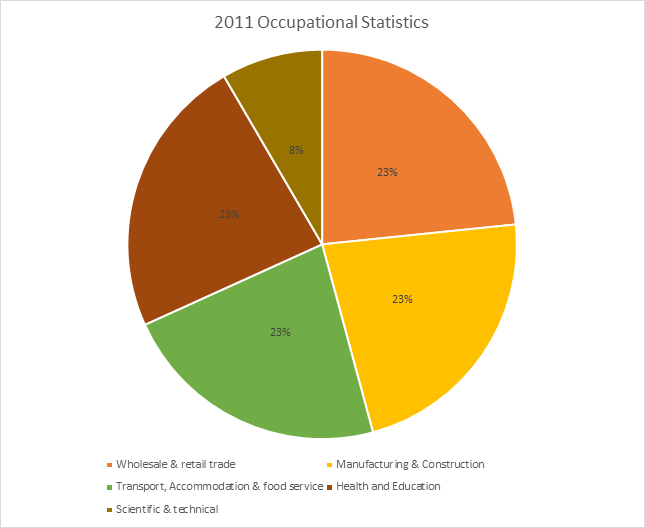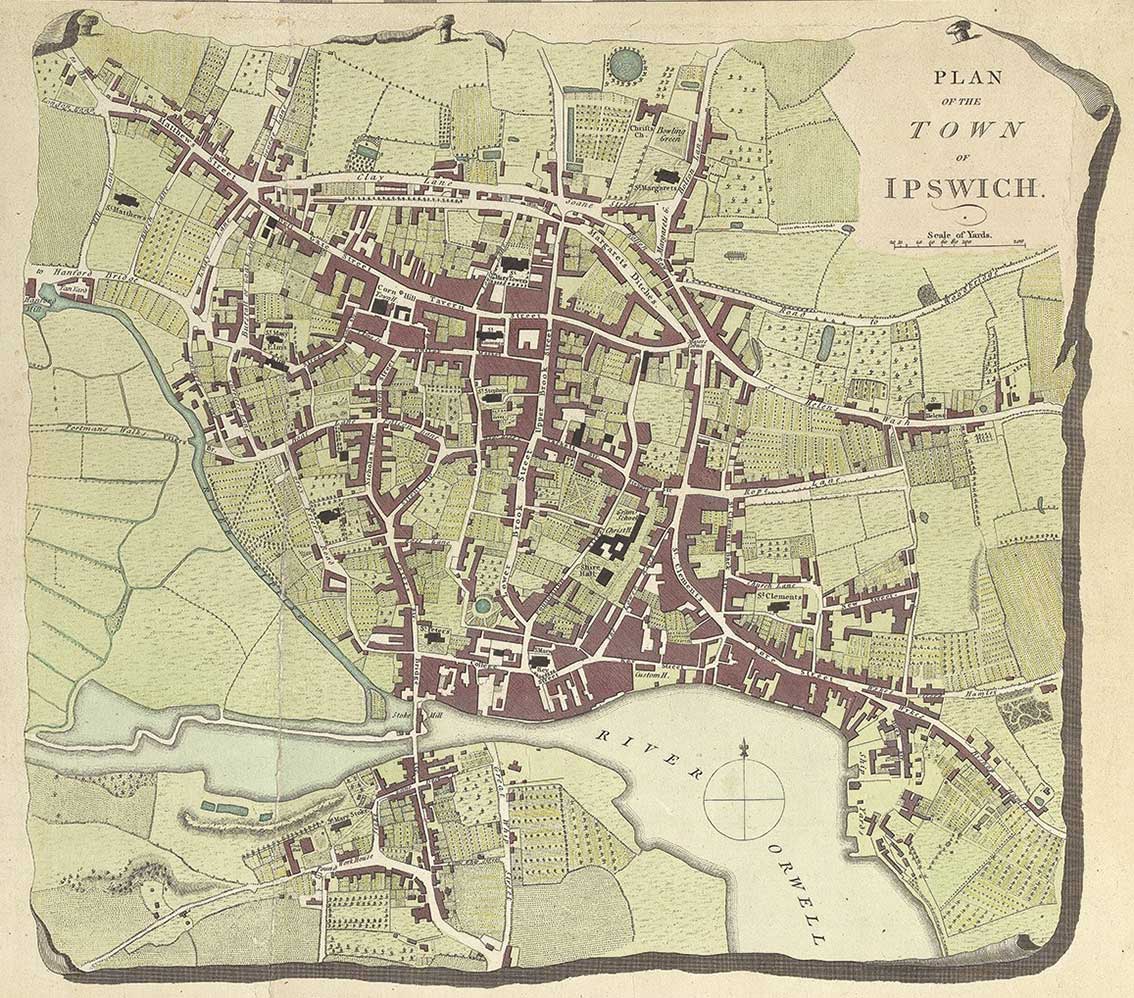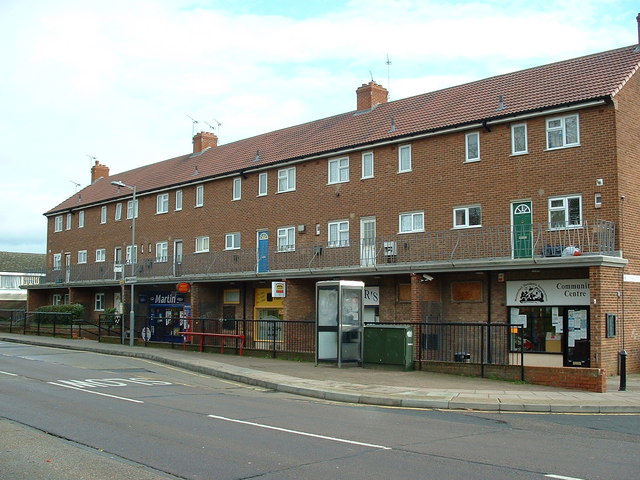|
Stoke, Suffolk
Stoke is a suburb of Ipswich, in the Ipswich (borough), Ipswich district, in the county of Suffolk, England. Stoke was placed in the hundred of Ipswich fourhundred, Ipswich in 1086 in the Domesday Book as one of 470 places under the control of the Ely Cathedral, Abbey of Ely St Etheldreda. Amenities Stoke has a primary school and a post office, a co-op, a small superstore, Stoke High School, a library and 3 places of worship (one of which is a Grade I listed Anglican church called Saint Mary at Stoke). Location grid See also * Stoke Bridge References * Philip's Street Atlas Suffolk (page 139) Ipswich Districts {{Suffolk-geo-stub ... [...More Info...] [...Related Items...] OR: [Wikipedia] [Google] [Baidu] |
Stoke-by-Nayland
Stoke-by-Nayland is a village and civil parish in the Babergh district, in the county of Suffolk, England, close to the border with Essex. The parish includes the village of Withermarsh Green and the hamlets of Thorington Street and Scotland Street. The village has many cottages and timber-framed houses and all surround a recreation field. Possibly once the site of a monastery, the population of the civil parish at the 2001 census was 703, falling to 682 at the Census 2011. History The village is first recorded in 946 in the will of Ælfgar, an Earl, where he endowed land to a community in the village, possibly a monastery. St Mary's Church The church was rebuilt in the 15th century and renovated in 1865, and appears several times in John Constable's paintings, though not always in the right place. The most notable feature is the red-brick tower; completed about 1470 and surmounted by stone spires, the buttresses are laced with canopied image niches. On the north side ther ... [...More Info...] [...Related Items...] OR: [Wikipedia] [Google] [Baidu] |
Stoke-by-Clare
Stoke-by-Clare is a small village and civil parish in Suffolk located in the valley of the River Stour, about two miles west of Clare. In 1124 Richard de Clare, 1st Earl of Hertford, moved the Benedictine Priory that had been established at his castle in Clare to Stoke-by-Clare. The Priory, which was controlled by the monastery of Bec in Normandy, enjoyed by 1291 rents from 17 parishes in Suffolk. During the Hundred Years' War the Prior's revenues were in part diverted to the English crown and in 1415 the Priory was replaced by Stoke College, intended to support a small community of priests and choristers under the patronage of Edmund Mortimer, 5th Earl of March, who was also buried here. The village is home to the Elwes Baronetcy which was created in 1660 by King Charles II for Gervase Elwes, Member of Parliament for Sudbury and Suffolk. At the time of the English Reformation, the Dean of the college was Matthew Parker. Under his authority the College became a cent ... [...More Info...] [...Related Items...] OR: [Wikipedia] [Google] [Baidu] |
Stoke Ash
Stoke Ash is a village and civil parish in the Mid Suffolk district of Suffolk in eastern England. Located around six miles south of Diss, in 2011 its population was 314. The village shares a parish council with neighbouring Thwaite. It is located on the A140 road from Norwich to Ipswich The name 'Stoke', comes from 'stoc', which means a place or a secondary settlement in old English. The word 'Ash', comes from the Anglian word 'æsc', which means ash-tree. The name Ash was added to the name Stoke in the sixteenth century. In 1086 Stoke Ash was known as Stoches Stotas. Early history There is evidence of Roman settlement in Stoke Ash. A collection of Roman coins and pottery pieces have been found in the area. There is a small Roman site located "on the Colchester to Caistor Roman road". There are Roman tiles in the wall of the tower over the doorway in the All Saints Church. Some military items and pieces of overseas household articles have also been found. History In 1801, the ... [...More Info...] [...Related Items...] OR: [Wikipedia] [Google] [Baidu] |
Suffolk
Suffolk () is a ceremonial county of England in East Anglia. It borders Norfolk to the north, Cambridgeshire to the west and Essex to the south; the North Sea lies to the east. The county town is Ipswich; other important towns include Lowestoft, Bury St Edmunds, Newmarket, and Felixstowe which has one of the largest container ports in Europe. The county is low-lying but can be quite hilly, especially towards the west. It is also known for its extensive farming and has largely arable land with the wetlands of the Broads in the north. The Suffolk Coast & Heaths and Dedham Vale are both nationally designated Areas of Outstanding Natural Beauty. History Administration The Anglo-Saxon settlement of Suffolk, and East Anglia generally, occurred on a large scale, possibly following a period of depopulation by the previous inhabitants, the Romanised descendants of the Iceni. By the fifth century, they had established control of the region. The Anglo-Saxon inhabitant ... [...More Info...] [...Related Items...] OR: [Wikipedia] [Google] [Baidu] |
Ipswich
Ipswich () is a port town and borough in Suffolk, England, of which it is the county town. The town is located in East Anglia about away from the mouth of the River Orwell and the North Sea. Ipswich is both on the Great Eastern Main Line railway and the A12 road; it is north-east of London, east-southeast of Cambridge and south of Norwich. Ipswich is surrounded by two Areas of Outstanding Natural Beauty (AONB): Suffolk Coast and Heaths and Dedham Vale. Ipswich's modern name is derived from the medieval name ''Gippeswic'', probably taken either from an Anglo-Saxon personal name or from an earlier name given to the Orwell Estuary (although possibly unrelated to the name of the River Gipping). It has also been known as ''Gyppewicus'' and ''Yppswyche''. The town has been continuously occupied since the Saxon period, and is contested to be one of the oldest towns in the United Kingdom.Hills, Catherine"England's Oldest Town" Retrieved 2 August 2015. Ipswich was a settlem ... [...More Info...] [...Related Items...] OR: [Wikipedia] [Google] [Baidu] |
Ipswich Fourhundred
Ipswich () is a port town and borough in Suffolk, England, of which it is the county town. The town is located in East Anglia about away from the mouth of the River Orwell and the North Sea. Ipswich is both on the Great Eastern Main Line railway and the A12 road; it is north-east of London, east-southeast of Cambridge and south of Norwich. Ipswich is surrounded by two Areas of Outstanding Natural Beauty (AONB): Suffolk Coast and Heaths and Dedham Vale. Ipswich's modern name is derived from the medieval name ''Gippeswic'', probably taken either from an Anglo-Saxon personal name or from an earlier name given to the Orwell Estuary (although possibly unrelated to the name of the River Gipping). It has also been known as ''Gyppewicus'' and ''Yppswyche''. The town has been continuously occupied since the Saxon period, and is contested to be one of the oldest towns in the United Kingdom.Hills, Catherine"England's Oldest Town" Retrieved 2 August 2015. Ipswich was a settlement of ... [...More Info...] [...Related Items...] OR: [Wikipedia] [Google] [Baidu] |
Ely Cathedral
Ely Cathedral, formally the Cathedral Church of the Holy and Undivided Trinity, is an Anglican cathedral in the city of Ely, Cambridgeshire, England. The cathedral has its origins in AD 672 when St Etheldreda built an abbey church. The present building dates back to 1083, and it was granted cathedral status in 1109. Until the Reformation it was the Church of St Etheldreda and St Peter, at which point it was refounded as the Cathedral Church of the Holy and Undivided Trinity of Ely, continuing as the principal church of the Diocese of Ely, in Cambridgeshire. It is the seat of the Bishop of Ely and a suffragan bishop, the Bishop of Huntingdon. Architecturally, it is outstanding both for its scale and stylistic details. Having been built in a monumental Romanesque style, the galilee porch, lady chapel and choir were rebuilt in an exuberant Decorated Gothic. Its most notable feature is the central octagonal tower, with lantern above, which provides a unique internal space and, ... [...More Info...] [...Related Items...] OR: [Wikipedia] [Google] [Baidu] |
Stoke High School
Stoke is a common place name in the United Kingdom. Stoke may refer to: Places United Kingdom The largest city called Stoke is Stoke-on-Trent in Staffordshire. See below. Berkshire * Stoke Row, Berkshire Bristol * Stoke Bishop * Stoke Gifford * Bradley Stoke * Little Stoke * Harry Stoke * Stoke Lodge Buckinghamshire * Stoke Hammond * Stoke Mandeville * Stoke Poges Cheshire * Stoke, Cheshire East * Stoke, Cheshire West and Chester, a civil parish Cornwall * Stoke Climsland Devon * Stoke, Plymouth * Stoke, Torridge, in Hartland parish * Stoke Canon * Stoke Fleming * Stoke Gabriel * Stoke Rivers Dorset * Stoke Abbott * Stoke Wake Gloucestershire * Stoke Orchard Hampshire * Stoke, Basingstoke and Deane * Stoke, Hayling Island * Stoke Charity * Basingstoke, Basingstoke and Deane * Alverstoke, Gosport Herefordshire * Stoke Bliss * Stoke Edith * Stoke Lacy * Stoke Prior Kent * Stoke, Kent Leicestershire * Stoke Golding Lincolnshi ... [...More Info...] [...Related Items...] OR: [Wikipedia] [Google] [Baidu] |
Saint Mary At Stoke
Saint Mary at Stoke is a Grade I listed Anglican church in the Old Stoke area of Ipswich. on the junction of Stoke Street and Belstead Road in Ipswich, Suffolk. The church stands in a prominent position near the foot of a ridge, just south west of Stoke Bridge and the town centre. Its parish was a small farming community which saw a great increase in population with the coming of the railway to this part of Ipswich. It was once governed by Ely, a fact lightly made much of by a politician of Stoke. In 1995 its parish was subsumed into thSouth West Ipswich Team Ministryin the Diocese of St Edmundsbury and Ipswich. The building is made up of a small medieval church and a large Victorian extension designed by William Butterfield in 1872. A church has existed on this site since the 10th Century. It is probably one of the St Marys mentioned in the Domesday Book. The original nave (now the north aisle) has a medieval single hammer beam roof, with moulded wall plates, angels with shie ... [...More Info...] [...Related Items...] OR: [Wikipedia] [Google] [Baidu] |
Maidenhall
The Maidenhall Estate is a council estate in Ipswich, in the Ipswich district, in the county of Suffolk Suffolk () is a ceremonial county of England in East Anglia. It borders Norfolk to the north, Cambridgeshire to the west and Essex to the south; the North Sea lies to the east. The county town is Ipswich; other important towns include L ..., England. In 1975 the remains of a mammoth were excavated at Stoke High School, some of the bones of which are on display at Ipswich Museum. Amenities Maidenhall has the Hillside Primary School, Stoke High School, Stoke Green Baptist Church and a sports centre. References * Philip's Street Atlas Suffolk (page 139) Housing estates in England Ipswich Districts {{Suffolk-geo-stub ... [...More Info...] [...Related Items...] OR: [Wikipedia] [Google] [Baidu] |





